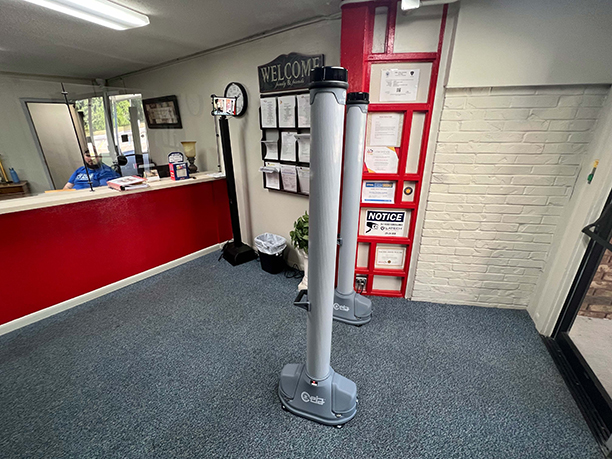
Baton Rouge PreK–8 School, Athena Partner on Weapons Detection System
- By Matt Jones
- December 07, 2022
Hosanna Christian Academy, a PreK–8 school in Baton Rouge, La., recently announced the installation of a new security solution on its campus. The school partnered with Athena Security to implement the Weapons Detection System, which detects guns and other weapons, against the backdrop of increased concern over violence in schools.
Athena Security’s Weapons Detection System is placed at building entrances and allows student traffic to flow through as normal. The school will focus its security efforts on adults and older children, according to a news release, and funnel them through a single point of entrance near the front office.

Photo courtesy of Athena Security
The technology uses metal detection and other sensors to pick up on the “type, shape, and size of metal in transit through the system to identify metallic threats immediately,” the news release reports. The next-generation technology prevents false positive with metallic items like keys and metal water bottles while alerting staff if it detects a potential threat.
“We wanted a system that passed the government standard for weapons detection, software to help our operations, and Athena was it. Athena was also very helpful in getting the system set up and our staff trained on the supporting software,” said Russell Marino, the school’s Executive Director. “Parent feedback has been overwhelmingly supportive. This is not your grandma’s metal detector. Parents like the system’s low profile, but more importantly, they like that it’s a proactive solution to create a save, friendly learning environment for their kids.”